The sun dips below the horizon of Tashirojima, casting long shadows across the weathered fishing nets and empty alleyways. Once celebrated as Japan’s iconic "Cat Island," this sliver of land in Miyagi Prefecture now embodies a quiet crisis—one where meowing strays outnumber human voices, and the weight of aging shoulders threatens to collapse the delicate balance between ecological preservation and tourism-driven survival. The island’s famed feline residents, once a whimsical attraction, have become reluctant symbols of a deeper struggle: how to sustain a community when the very appeal that draws visitors accelerates its decline.
For decades, Tashirojima thrived on its symbiotic relationship with cats. Fishermen revered them as good-luck charms against rodents, and their proliferation became a tourist magnet after whimsical social media posts went viral in the early 2000s. Backpackers and Instagrammers arrived in droves, eager to photograph the free-roaming cats against backdrops of traditional wooden houses and untamed coastline. Yet beneath the postcard-perfect surface, demographics told a different story. Census data reveals over 80% of the island’s remaining 50 residents are above retirement age, their children long departed for urban job opportunities. The sole school closed in 1989. Now, the few elderly caretakers struggle to maintain the island’s infrastructure while feeding both themselves and the estimated 120 cats—a ratio that tilts dangerously toward ecological imbalance.
The cats, though adored, are not native wildlife. Their unchecked numbers have decimated local bird populations, including vulnerable streaked shearwaters that once nested along the cliffs. Conservationists quietly sound alarms about disrupted food chains, while veterinarians note malnutrition and inbreeding among the feline colonies. "Tourists mean well when they leave kibble everywhere," says Hideki Matsumoto, a marine biologist who studies the island’s ecosystem. "But they’re essentially subsidizing an invasive species. The cats hunt less when free food abounds, yet their reproduction continues unchecked. It’s a conservation paradox."
Meanwhile, the human community faces its own existential threats. Seasonal tourism provides crucial income—the lone guesthouse and handful of souvenir stalls rely entirely on visitors—but infrastructure crumbles faster than it can be repaired. Last winter’s typhoon severed the island’s underwater internet cable for weeks, stranding residents without emergency alerts. The single ferry that connects Tashirojima to the mainland runs just twice daily, discouraging younger families from settling. "We’re caught between two tides," admits 72-year-old Haruko Sato, whose family has fished these waters for generations. "If tourists stop coming, we starve. If they keep coming, the island changes until it’s no longer our home."
Similar dilemmas plague other so-called "cat islands" across Japan. On Aoshima in Ehime Prefecture, where cats outnumber humans 36 to 1, volunteers struggle to manage sterilization programs. Local governments hesitate to intervene too forcefully, wary of backlash from animal lovers worldwide. A 2021 proposal to relocate some of Tashirojima’s cats to mainland shelters was met with online petitions accusing officials of "cultural erasure." The emotional attachment to these places as animal utopias often overshadows their harsh realities. "Foreign media portrays them as fantasy lands," says sociologist Dr. Emi Takada. "But nobody wants to discuss who changes the adult diapers of the last caretaker when the cafes selling cat-shaped manju close for good."
Some see cautious hope in niche ecotourism models. A pilot project last year brought small groups of visitors for week-long "working stays," where participants helped repair stone pathways and monitor cat health under veterinary supervision. Unlike fleeting day-trippers, these volunteers contributed labor while forming deeper connections with residents. "It felt less like sightseeing and more like keeping a heartbeat alive," recalls Australian participant Liam Walsh. However, such initiatives require meticulous planning to avoid becoming poverty voyeurism—a risk underscored when a crowdfunding campaign to "save" the island’s cats inadvertently slashed donations to the local elder care association.
The cats of Tashirojima, oblivious to their symbolism, continue their sunlit naps on abandoned boats. Their future, like the island’s, hinges on uncomfortable choices: controlled population management, sustainable tourism quotas, or quiet abandonment. What unfolds here may set precedents for other rural communities worldwide grappling with the same intersecting crises of aging, ecology, and the commodification of charm. As the last generation of islanders weighs tradition against survival, the world watches—often through the distorted lens of viral cat videos—to see whether equilibrium is possible, or if some idylls are destined to become elegies.

By /Aug 12, 2025

By /Aug 12, 2025

By /Aug 12, 2025
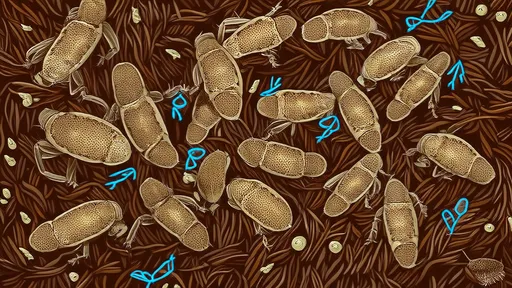
By /Aug 12, 2025

By /Aug 12, 2025
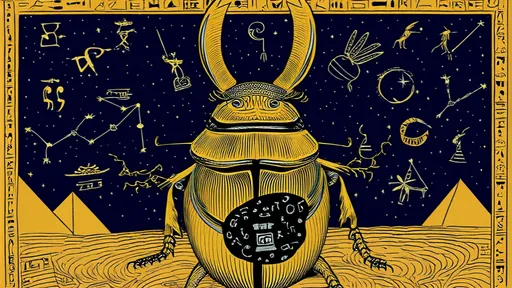
By /Aug 12, 2025

By /Aug 12, 2025

By /Aug 12, 2025
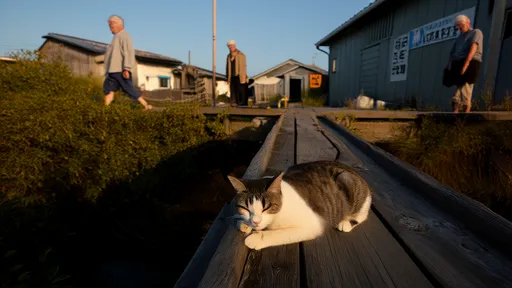
By /Aug 12, 2025

By /Aug 12, 2025

By /Aug 12, 2025

By /Aug 12, 2025
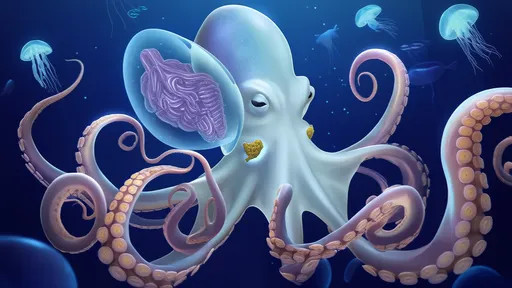
By /Aug 12, 2025

By /Aug 12, 2025
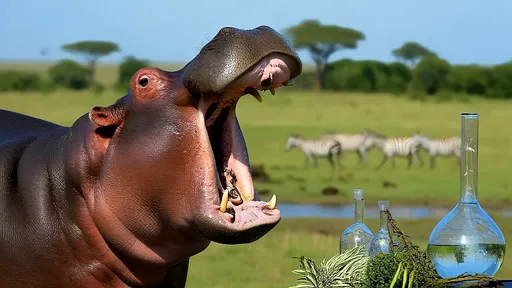
By /Aug 12, 2025

By /Aug 12, 2025

By /Aug 12, 2025

By /Aug 12, 2025

By /Aug 12, 2025
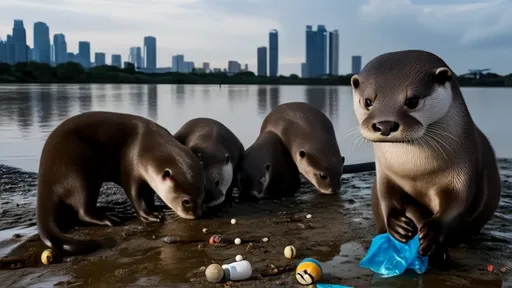
By /Aug 12, 2025